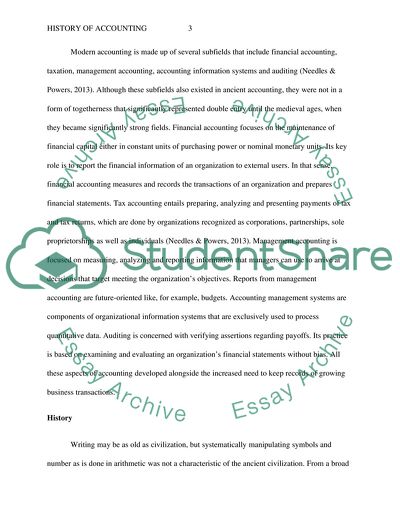Cite this document
(History of accounting Term Paper Example | Topics and Well Written Essays - 3000 words, n.d.)
History of accounting Term Paper Example | Topics and Well Written Essays - 3000 words. https://studentshare.org/finance-accounting/1846764-history-of-accounting
History of accounting Term Paper Example | Topics and Well Written Essays - 3000 words. https://studentshare.org/finance-accounting/1846764-history-of-accounting
(History of Accounting Term Paper Example | Topics and Well Written Essays - 3000 Words)
History of Accounting Term Paper Example | Topics and Well Written Essays - 3000 Words. https://studentshare.org/finance-accounting/1846764-history-of-accounting.
History of Accounting Term Paper Example | Topics and Well Written Essays - 3000 Words. https://studentshare.org/finance-accounting/1846764-history-of-accounting.
“History of Accounting Term Paper Example | Topics and Well Written Essays - 3000 Words”. https://studentshare.org/finance-accounting/1846764-history-of-accounting.


